
Charles Pierre Baudelaire was a French poet who also worked as an essayist, art critic and translator. His poems are described as exhibiting mastery of rhyme and rhythm, containing an exoticism inherited from Romantics, and are based on observations of real life.
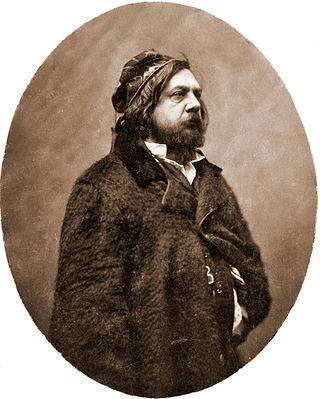
Pierre Jules Théophile Gautier was a French poet, dramatist, novelist, journalist, and art and literary critic.

The chanson de geste is a medieval narrative, a type of epic poem that appears at the dawn of French literature. The earliest known poems of this genre date from the late 11th and early 12th centuries, shortly before the emergence of the lyric poetry of the troubadours and trouvères, and the earliest verse romances. They reached their highest point of acceptance in the period 1150–1250.
A fabliau is a comic, often anonymous tale written by jongleurs in northeast France between c. 1150 and 1400. They are generally characterized by sexual and scatological obscenity, and by a set of contrary attitudes—contrary to the church and to the nobility. Several of them were reworked by Giovanni Boccaccio for the Decameron and by Geoffrey Chaucer for his Canterbury Tales. Some 150 French fabliaux are extant, the number depending on how narrowly fabliau is defined. According to R. Howard Bloch, fabliaux are the first expression of literary realism in Europe.
Anglo-Norman literature is literature composed in the Anglo-Norman language and developed during the period of 1066–1204, as the Duchy of Normandy and the Kingdom of England were united in the Anglo-Norman realm.

Jacques Grévin (c. 1539 – 5 November 1570) was a French playwright.

Jean de Meun was a French author best known for his continuation of the Roman de la Rose.
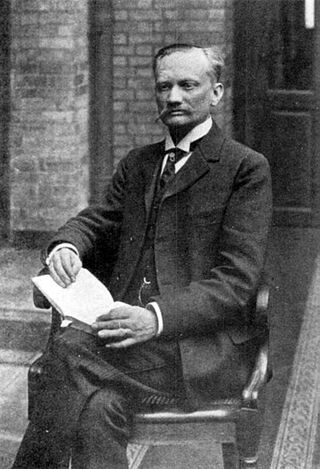
Joseph Bédier was a French writer and historian of medieval France.

Pierre (Pieter) Jacques François de Decker was a Belgian Roman Catholic politician, statesman and author.
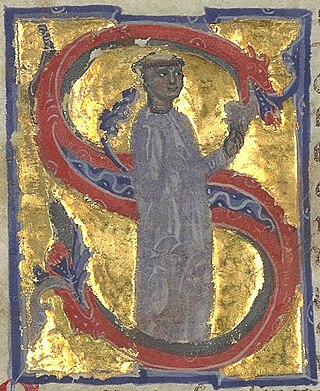
Arnaut de Mareuil was a troubadour, composing lyric poetry in the Occitan language. Twenty-five, perhaps twenty-nine, of his songs, all cansos, survive, six with music. According to Hermann Oelsner's contribution to the 1911 Encyclopædia Britannica, Arnaut de Mareuil surpassed his more famous contemporary Arnaut Daniel in "elegant simplicity of form and delicacy of sentiment". This runs against the consensus of both past and modern scholars: Dante, Petrarch, Pound and Eliot, who were familiar with both authors and consistently proclaim Daniel's supremacy

Medieval French literature is, for the purpose of this article, Medieval literature written in Oïl languages during the period from the eleventh century to the end of the fifteenth century.

Rolande Roberte Ginabat-Falcinelli was a French organist, pianist, composer, and music educator.

Edmond Faral was an Algerian-born French medievalist. He became in 1924 Professor of Latin literature at the Collège de France.
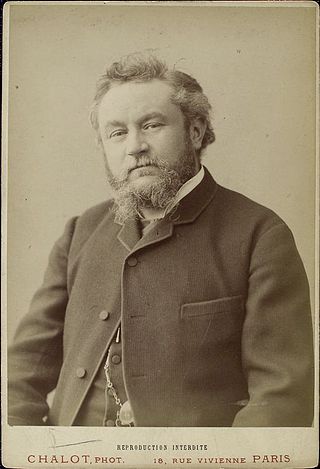
Émile Bergerat was a French poet, playwright and essayist. He used the pseudonyms l'Homme masqué, Caliban and Ariel. A library in Neuilly-sur-Seine opposite his flat bears his name.

Joseph Halévy was an Ottoman born Jewish-French Orientalist and traveller.
David Simon Blondheim was a professor of Romance philology at the Johns Hopkins University and a scholar of medieval Jewish texts in Romance languages.
Ferdinand Langlé, full name Joseph-Adophe-Adrien-Ferdinand Langlois, was a French playwright and journalist.
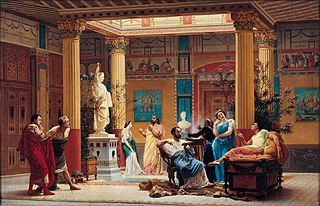
Répétition du "Joueur de flûte" et de "La femme de Diomède" chez le prince Napoléon is a painting by French artist Gustave Boulanger. The painting's full title as given in the catalogue for the Paris Salon of 1861 is Répétition du "Joueur de flûte" et de "la Femme de Diomède," chez S.A.I. le prince Napoléon, dans l’atrium de sa maison, avenue Montaigne.
"The knight who could make cunts speak" is a French fabliau. Seven versions of it remain, including one in MS Harley 2253.
In fabliaux, bacon is one of the most commonly consumed foodstuffs, alongside capons and geese, cakes, bread, and wine.













